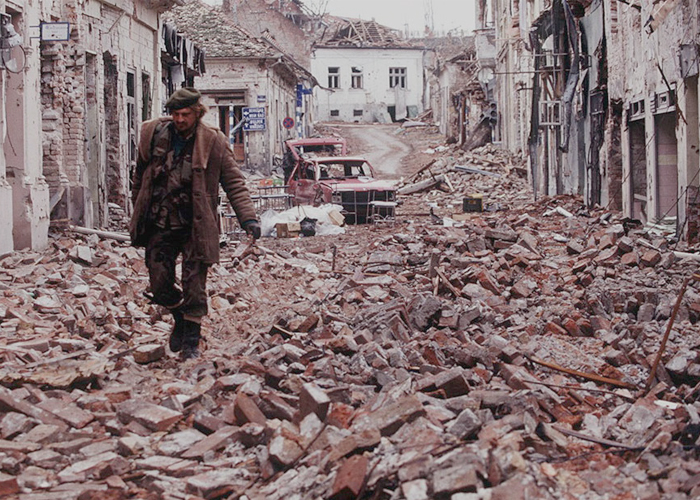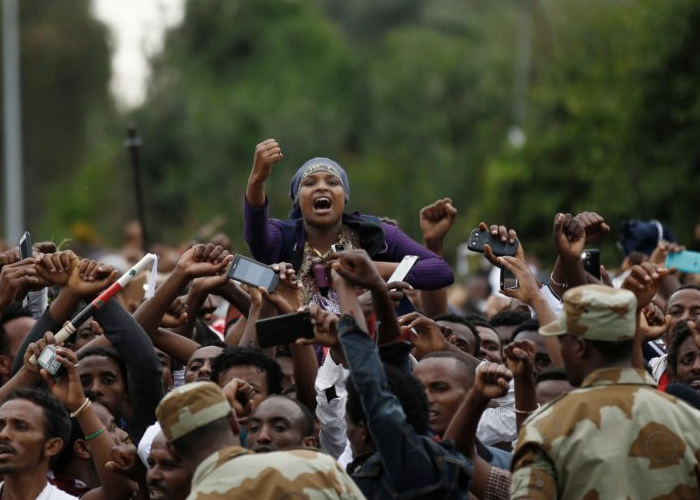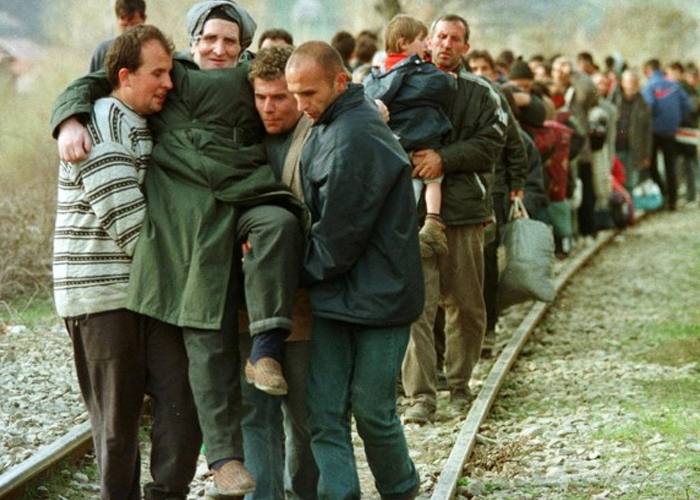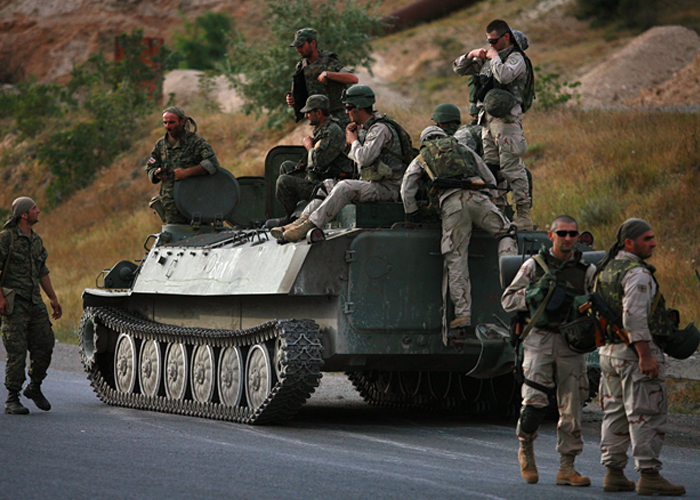Introduction
How do we beat top-ranking Wikipedia content?
We suppose that Wikipedia is facing the common problem as pages in Google. Highly popular
articles are popular also because they have a lot of backlinks or pages that are redirected to
them. Imagine you're a journalist or a active blogger writing about an article on Afghanistan
news. You google and enter the Afghanistan article on Wikipedia to get the
resources quickly. Entering wikipedia articles through search engines such as Google can be
tricky because even if it yields decent amount of content, you will never find an unpopular
Wikipedia page. Once you find enough content on Wikipedia, you'll return to your adored search
engine. So, why would you keep searching for that unpopular inexistent page?
Our goal is to showcase articles which may be less popular so
that you can be informed by facts and topics you may search or need using English Wikipedia.
This can help promote less visible articles so that they can be improved, edited, viewed and
thus contribute to our knowledge of the on-going events!
Also, for a journalist, it may really be helpful because
instead of covering incredibly adverstised topics, they may get the opportunity to be the first
to right their own story about an uncovered subject. Their research can improve the article
visibility and give more importance to a hidden world.
We hypothesize that unkown articles are not necessarily
unimportant!
In order to estimate the popularity of the wikipedia articles,
we came up with some metrics. They don't suddenly pop into your head and bang! Instead, good
ol'intuition and some good references (1)
and
(2)
became a good indicator to select our candidates.
4 characteristics of an article could be used to identify
the popularity of
an
article:
- page references
- page views
- external links
- article length
As a pilot-phase, we focus solely on articles that all
have as common
subject: civilian
attack, civil conflict, military conflict.
If you want to know more, sit back & enjoy the ride!






